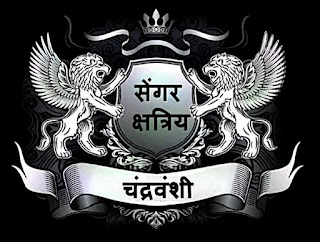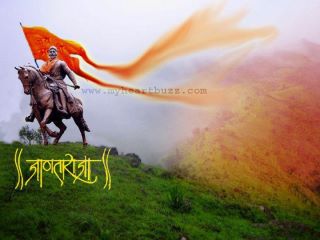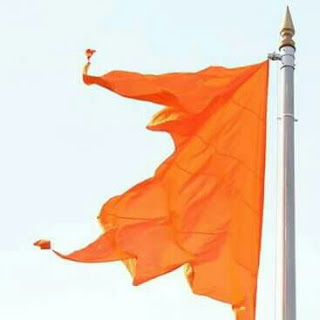Deepawali : Great Indian Festival Victory of light above Darkness.
Diwali is a festival of lights. It is a Hindu festival. Diwali or Deepawali is one of the most famous Hindu festivals. Diwali symbolizes the religious victory of light above darkness.
The Hindu families wait with all their excitement to greet this famous festival, the festival of lights. The people do many rituals, many preparations both for greeting the festival, during the festival and to end the festival. The people remain busy these days. The festival generally cascades between the mid-October and mid-November. Diwali is normally celebrated eighteen days after the Dussehra.
In addition to these preparations and rituals in Diwali, people also clean, maybe sometimes renovates, decorates, colors their homes and their working place to make it perfectly clean and hygienic. On the days of Diwali and also sometimes before some days of Diwali people starts decorating their houses with various types of lights etc. to make it look attractive, neat, clean and of course beautiful.
The people buy new clothes on Diwali and wear them on the same to make them look good. They decorate their houses with diyas both in and out. In Diwali people worship or simply puja to goddess Lakshmi of their prosperity and wealth. People also share, distribute sweets or mithais and also give gifts to the younger people of their family or neighborhood.
The festival of Diwali is celebrated for/ organized for five consecutive days this is also mentioned in many of the Sanskrit texts. The five days of Diwali has been given different names by different religions. The rituals are also seen to be given different names by the different religions. The first day of the event/festival, when the people start up Diwali by cleaning their homes and making beautiful decorations on the floor, such as rangoli. The second day of the Diwali is also known as Choti Diwali. The third day of the Diwali comes with the best climax that is on the third day we people get to experience the darkest night of the month Kartika.
In some parts of India, Diwali is followed by pujas such as Govardhan Puja, Diwali Padva, Bhai dooj, Vishwakarma puja etc. The pujas Govardhan Puja and Diwali Padva are dedicated to the relationship between wife and husband. Bhai dooj is a day which is celebrated for the brothers and sisters this day is for the love or for the bond of the brothers and sisters. The visviswakarma puja is celebrated for the same purpose that is to give their offerings to the god and pray the god. Some other religions in India also celebrate their relevant festivals together with Diwali.
Diwali is normally five days of happiness and delight and enjoyment and pleasure and joy. Many towns systematize society parades and fairs with parades or melody and dance performances in parks. Some Hindus people send their Diwali greetings to family near and far during the celebratory season, sporadically with boxes of Indian stuff.
Diwali is a post-crop festival or post-harvest festival celebrating the reward of the following foyer of the monsoon in the subcontinent. Based on the region, celebrations, various rituals which include prayers. According to David Kinsley, an Indologist and scholar of Indian religious traditions particularly in relation to goddess worship, Lakshmi symbolizes three virtues: wealth and prosperity, fertility and plentiful crops, in addition to good luck. Merchants pursue Lakshmi’s blessings.
Fertility theme come into view in farming or agriculture offerings brought before Lakshmi by farming families or simply by the farmers, they give their hearty thanks for the recent harvests and seek out her blessings or goddess Lakshmi blessing for prosperous future crops.
The Rituals and arrangements for Diwali commence days or weeks in progress or advance, characteristically after the festival of Dusshera that head Diwali by about 20 days. The festival officially or formally begins two days earlier than the night of Diwali and ends two days after that. Apiece day has the subsequent customs and rituals and significance.
There are five days in Diwali.
The first day is also known as the Dhanteras. Dhanteras, originated from Dhan meaning wealth, symbols the thirteenth day of the dark fortnight of Kartik and the commencement of Diwali. On this day, numerous Hindus dirt free their homes etc. They fit diyas, earthen oil-filled lamps which they light up for the next five days, near Lakshmi iconography. Women and children beautify the front entrance or the doorways within homes with rangoli, colorful designs made from rice flour, flower petals and colored sand.
The second day is also known as the Choti Diwali, Naraka Chaturdasi. Choti Diwali or Naraka Chaturdasi is the main shopping day for mithai or sweets. Choti Diwali, also known as Naraka Chaturdasi, is the second day of Diwali. The word Choti means little, while Naraka means hell and Chaturdasi means fourteenth. The day and its rituals are understood as ways to liberate any souls from their suffering in Naraka or the dangerous hell, as well as a reminder of religious auspiciousness. Naraka Chaturdasi is also the main day for buying festive foods, particularly sweets.
The second day is followed by the third day which is Diwali, Lakshmi Puja. The third day or the Diwali, Lakshmi Puja is the main of the festival and corresponds with the end day of the gloomy fortnight of the lunar month. This is the day when all the people the Hindu, the Jain and the Sikh temples and homes are glowing or shining with lights, thereby making Diwali the festival of light or the most famous festival of light is named as Diwali all over the world.
The fourth day is the Annakut, Padwa, Govardhan puja. The day following the day of Diwali is the opening or the first day of the dazzling fortnight of the lunisolar calendar.
And finally, Diwali ends with the fifth day which is the Bhai Duj, Bhau-beej or Day 5. The last day of the festival Diwali or Bhai Duj, Bhau-beej is called Bhai duj which is literally the “brother’s day”, Bhai Phonta or Bhai tilak. It celebrates the bond of sister-brother.
But now a day the more use of Diwali stuffs or the bombs etc. is leading to air pollution. This should be reduced as much as we can. So enjoy Diwali safely, happily without causing any damage to the natural environment.










टिप्पणियाँ
एक टिप्पणी भेजें